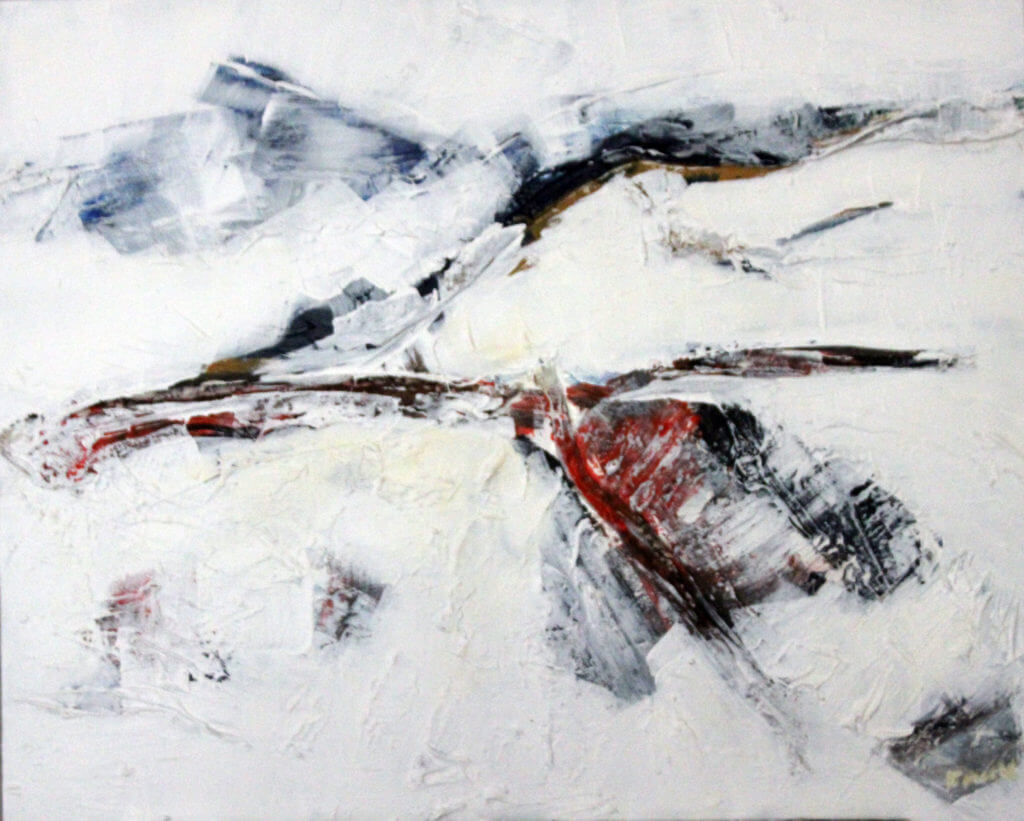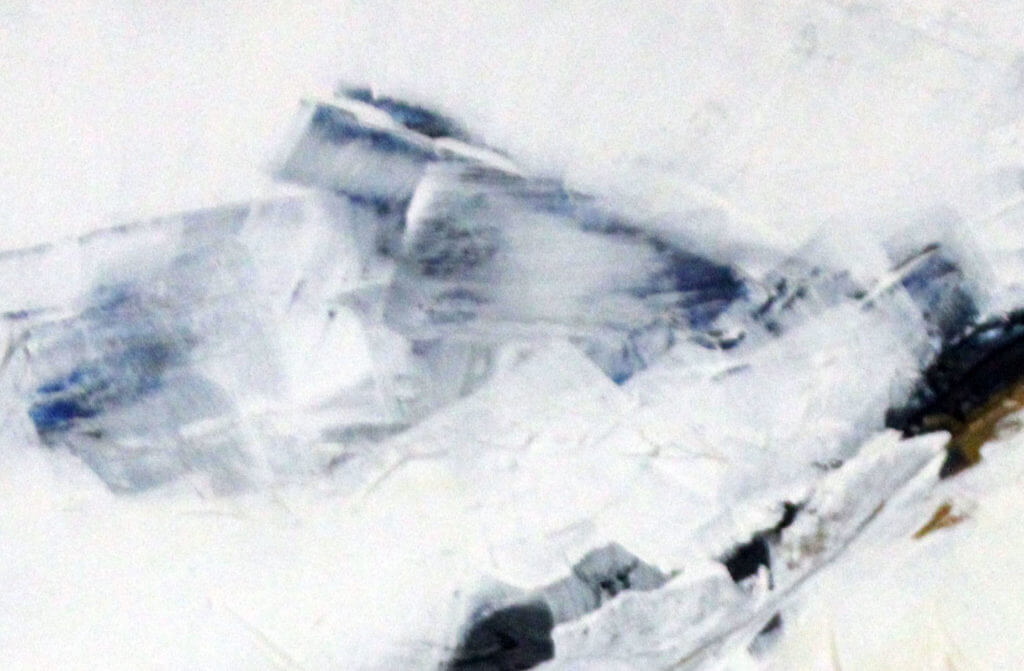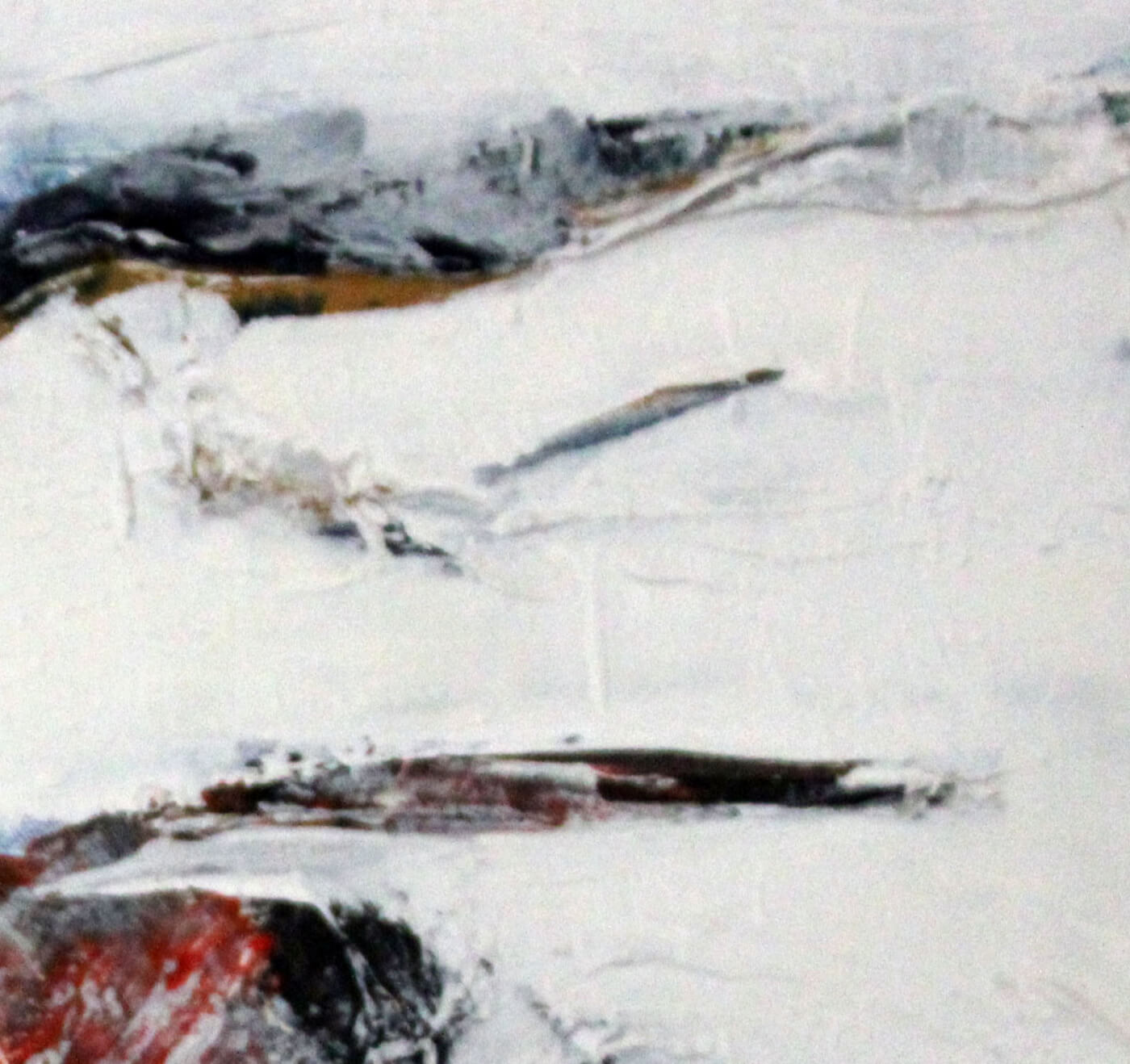Description
WHY A WHITE PAINTING?
I produced this White painting of the south coast of South Australia, in fact a series of white paintings because I enjoyed doing and because I considered they looked interesting.
The “minimalist” or “monochrome” painters had far loftier ideas.
Kazimir Malevich painted his famous “White On White” in 1918.described his aesthetic theory, known as Suprematism, as “the supremacy of pure feeling or perception in the pictorial arts.” He viewed the Russian Revolution as having paved the way for a new society in which materialism would eventually lead to spiritual freedom. This austere painting counts among the most radical paintings of its day, yet it is not impersonal; the trace of the artist’s hand is visible in the texture of the paint and the subtle variations of white. The imprecise outlines of the asymmetrical square generate a feeling of infinite space rather than definite borders.
Each of the five works in Robert Rauschenberg’s White Paintings (1951) consists of a different number of modular panels—there are one-, two-, three-, four-, and seven-panel iterations—that have been painted completely white.
Rauschenberg applied everyday house paint with paint rollers to achieve smooth “blank” surfaces. White panels were exhibited alone or in modular groupings.
In each case, Rauschenberg’s primary aim was to create a painting that looked untouched by human hands, as though it had simply arrived in the world fully formed and absolutely pure.
Considered shocking and even characterized as a cheap swindle when they were first exhibited publicly in 1953, the White Paintings have gradually secured a place in art history as important precursors of Minimalism and Conceptualism.
Among the most radical aspects of the series is that these works were conceived as remakeable: Rauschenberg viewed them primarily as a concept and allowed for the physical artworks to be repainted and even refabricated from scratch without his direct involvement.
Rauschenberg once referred to the works as clocks, saying that if one were sensitive enough to the subtle changes on their surfaces one could tell what time it was and what the weather was like outside. Ultimately, the power of the White Paintings lies in the shifts in attention they require from the viewer, asking us to slow down, watch closely over time, and inspect their mute painted surfaces for subtle shifts in color, light, and texture.
Artists who experimented with minimalism, monochrome or colourfield painting included Ad Reinhardt, Gerhard Richter, Agnes Martin, Milton Resnick, Barnett Newman, Mark Rothko, Robert Motherwell, Adolph Gottlieb, and Theodoros Stamos.



